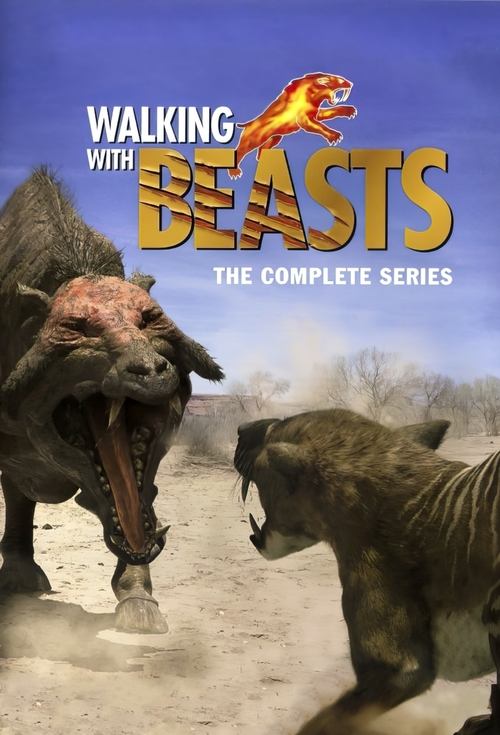
Walking With Prehistoric Beasts explores how life on earth first began. Using real footage, the series goes inside the body of our monster ancestors. For the first time, morphing technology is used to reveal how our ancestors evolved.
3.9 / 5


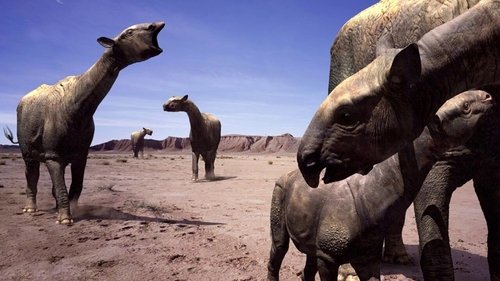
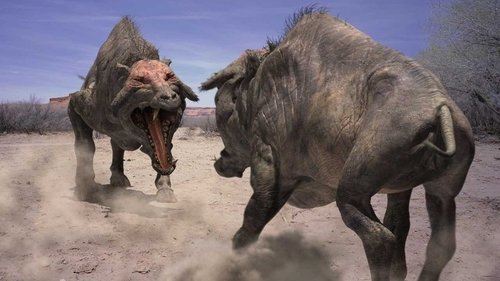
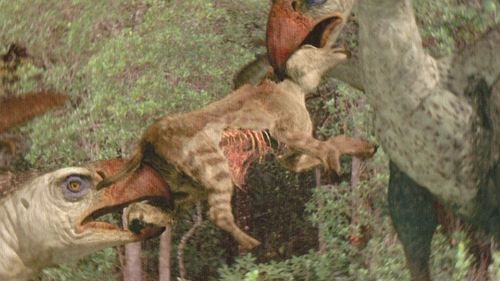
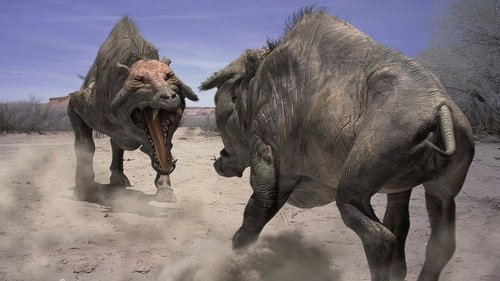
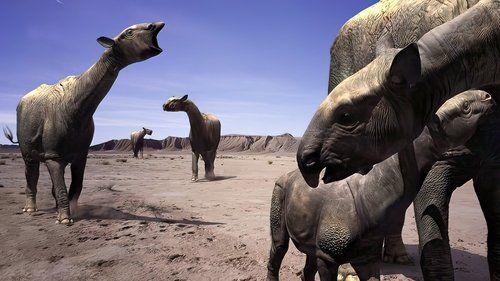



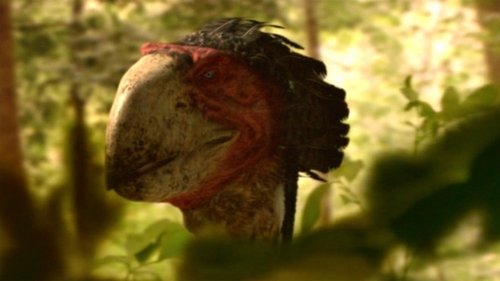





















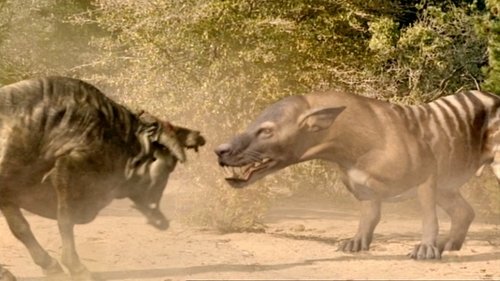









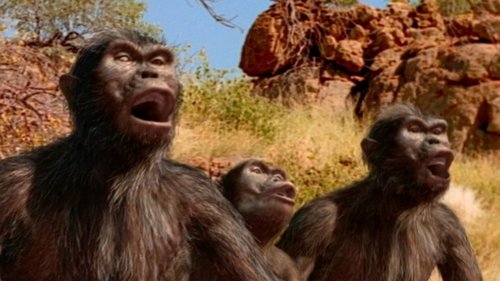



Episode 1
15 million years after the end of the Age of Dinosaurs, Earth has recovered from the massive meteor impact. Rainforests dominated the early Eocene, and the planet has a warm, tropical climate. It is this age that the mammals begin to thrive and spread, taking over niches left vacant by the death of the dinosaurs. But it is the birds that dominate this period in Earth's history, and they are almost all killers. But in the water, the first evidence of the mammal's destiny has appeared!
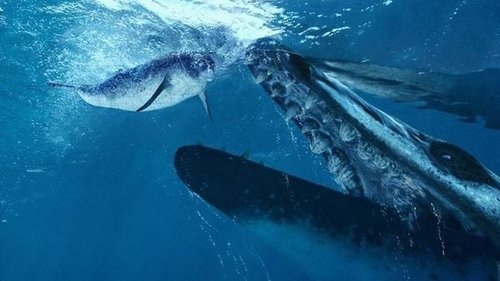
Episode 2
The late Eocene is a time of great change, but not a pleasant one for Earth's life form. Antarctica has separated from the other continents and is slowly freezing, changing the ocean currents. This is playing havoc with the climate, creating environmental disasters worldwide. Into this world has evolved the most fearsome whale ever to live; Basilosaurus. With ocean food stocks in chaos, a female Basilosaurus must search her home in the Tethys Sea from north to south, to satisfy her enormous hunger. And she is also pregnant...
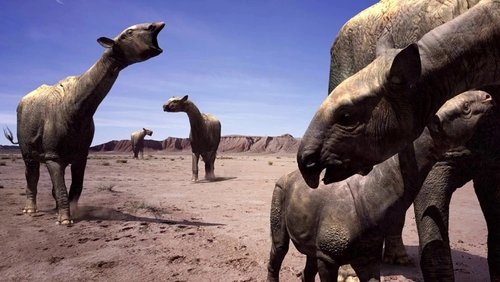
Episode 3
It is now the Oligocene period, and the massive change in climate claimed 1 in every 5 species. The great tropical forests and plains that dominated the Eocene have shrunk, hanging on in the equatorial regions. In Mongolia, a seasonal desert now dominates the land, populated with some of the largest beasts ever to roam its landscape since the days of the dinosaurs. The are Hyenadon, predators as big as modern rhinos; Entelodonts, mean spirited pigs just as big; and largest of all, the massive Indricotheres, a species of rhino that was the biggest land mammal ever!

Episode 4
The Pliocene has arrived, and the world is taking on its familiar shape. In the Great Rift Valley of Africa, the animals are taking familiar forms, though some exotic forms are wondering around with animals modern man would be familiar with. It is here that a new species of ape has evolved, one that will one day evolve into the most powerful animal ever seen.
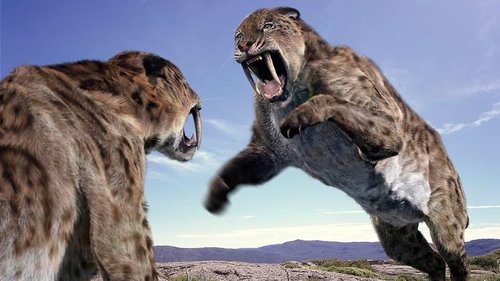
Episode 5
South America is a land time forgot, with giant birds, the last of a trunked, hoofed herbivore, huge sloths, and giant armadillos. But the isolation of this continent has ended; and land bridge now connects South America with North America. With it has come a new species of predator; Smilodon, the infamous saber-toothed ""tiger"". But life here is no easier for the largest of all cats, especially for Half Tooth, a large male Smilodon. Having been usurped by two other males for breeding rights with a clan of females, Half Tooth struggles to survive on his own, a daunting prospect that claims many a lone male's life. But fate has a different agenda in store for Half Tooth.

Episode 6
The Ice Age has arrived, putting life in the freezer. It is at this time when great herds of Woolly Mammoths live on the plains of what will eventually be the North Sea. As winter arrives, the Mammoth herds head south, moving to greener pastures. It is not an easy journey, especially for the young. Predators are everywhere, and the most dangerous of all are two species of humans that share the Ice Age environments of the mammoths.